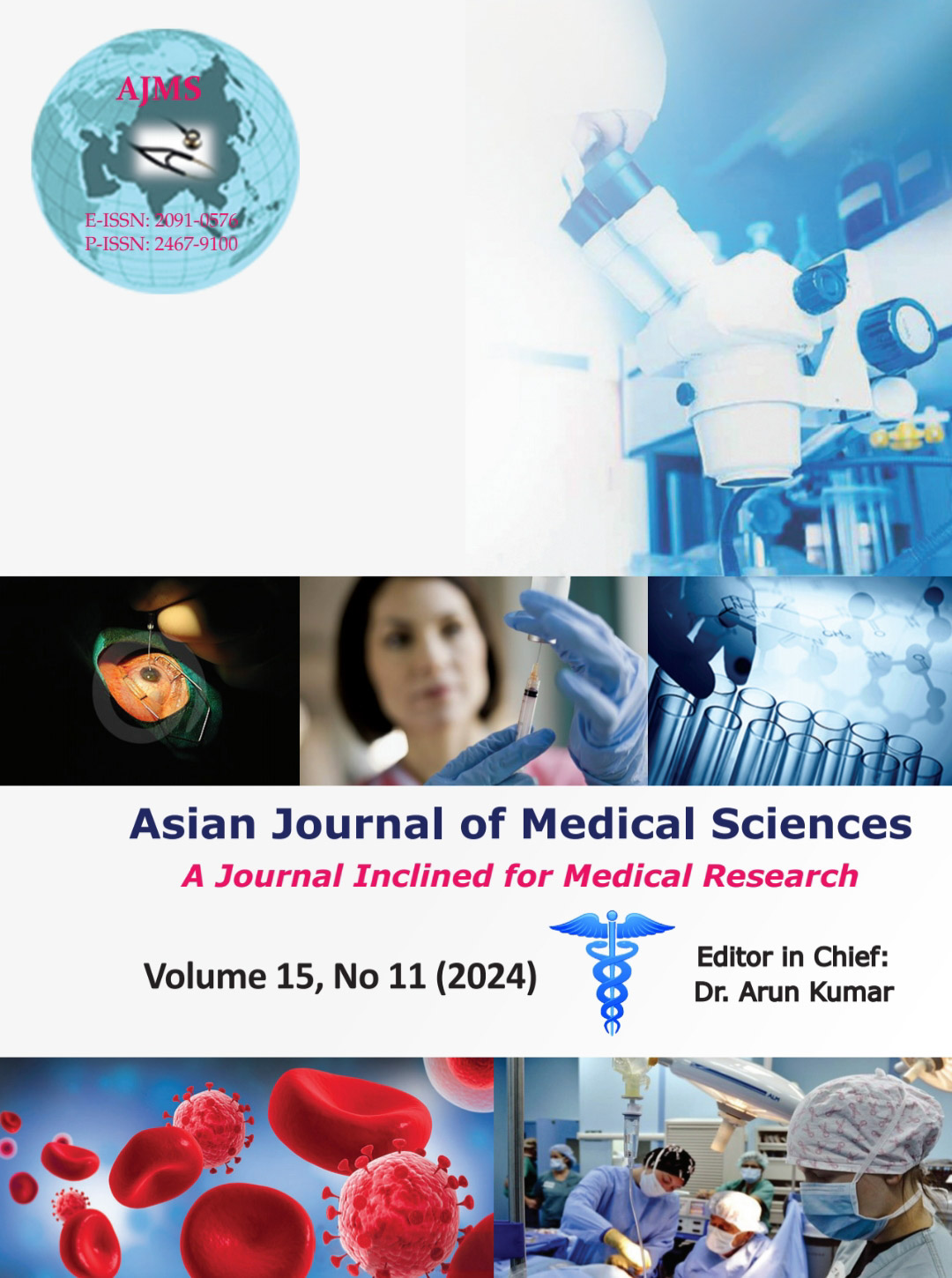Implementation status of Health and Wellness Centers in a community development block of West Bengal: A mixed-method study
Keywords:
Challenges; Community health officer; Implementation status; Health and wellness center; Rural health careAbstract
Background: Ayushman Bharat is a Flagship Program in India to deliver an expanded range of free health-care services to all. Despite quality health care being a fundamental human right, rural India still grapples with its accessibility. To address this, the Indian Government aims to transform government primary health-care facilities into Health and Wellness Centers (HWCs) for comprehensive health-care delivery.
Aims and Objectives: This study was done to assess the implementation status of HWCs and to explore the challenges faced by service providers during service delivery in the Bhatar Community Development block of Purba Bardhaman district.
Materials and Methods: A facility-based, mixed-method study was conducted in Bhatar block, West Bengal from October 22 to February 23. For quantitative component, the implementation status of 12 HWCs was assessed using the national quality assurance standard checklist. For qualitative component, in-depth interview with Community Health Officers (CHOs) was done to explore the constraints.
Results: Among 12 HWCs, 8 (66.67%) scored satisfactorily (≥70%) in overall score. Service provision, clinical services, infection control, and output were among the 8 areas of concern where all HWCs scored satisfactorily (≥60%) while input scored lowest (mean [SD] - 60.58 [9.53]). Among 12 themes, elderly and palliative health care, emergency medical services, and management of mental health ailments were lowest scoring with no HWC crossing satisfactory score (≥70%). Thematic analysis revealed that inadequate infrastructure, resource constraints, administrative and managerial constraints, lack of motivation and inadequate health promotion, and community participation were major constraints faced.
Conclusion: Various challenges need to be addressed, including improving infrastructure, enhancing access to medicines and supplies, providing adequate training to CHOs, and increasing community participation.
Downloads
Downloads
Published
How to Cite
Issue
Section
License
Copyright (c) 2024 Asian Journal of Medical Sciences

This work is licensed under a Creative Commons Attribution-NonCommercial 4.0 International License.
Authors who publish with this journal agree to the following terms:
- The journal holds copyright and publishes the work under a Creative Commons CC-BY-NC license that permits use, distribution and reprduction in any medium, provided the original work is properly cited and is not used for commercial purposes. The journal should be recognised as the original publisher of this work.
- Authors are able to enter into separate, additional contractual arrangements for the non-exclusive distribution of the journal's published version of the work (e.g., post it to an institutional repository or publish it in a book), with an acknowledgement of its initial publication in this journal.
- Authors are permitted and encouraged to post their work online (e.g., in institutional repositories or on their website) prior to and during the submission process, as it can lead to productive exchanges, as well as earlier and greater citation of published work (See The Effect of Open Access).




